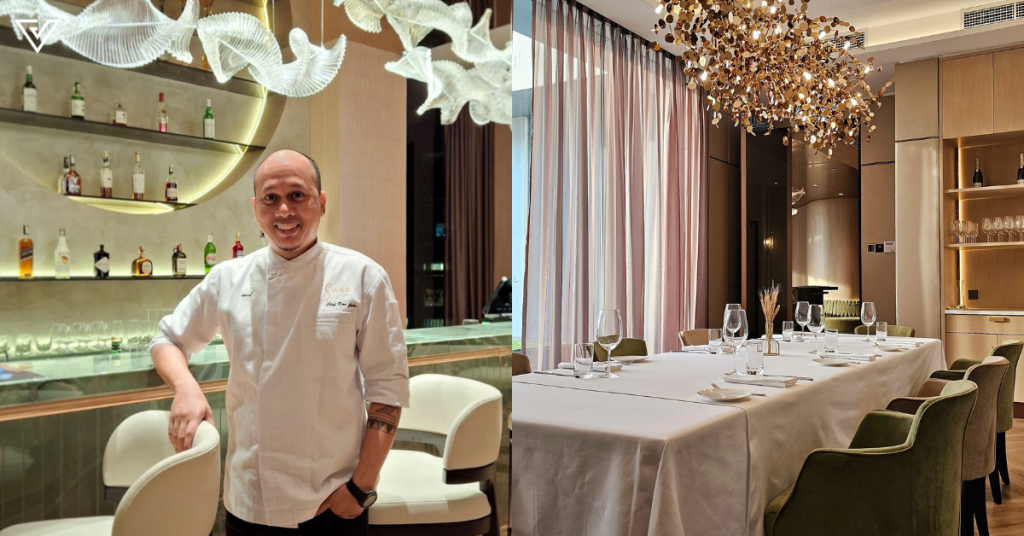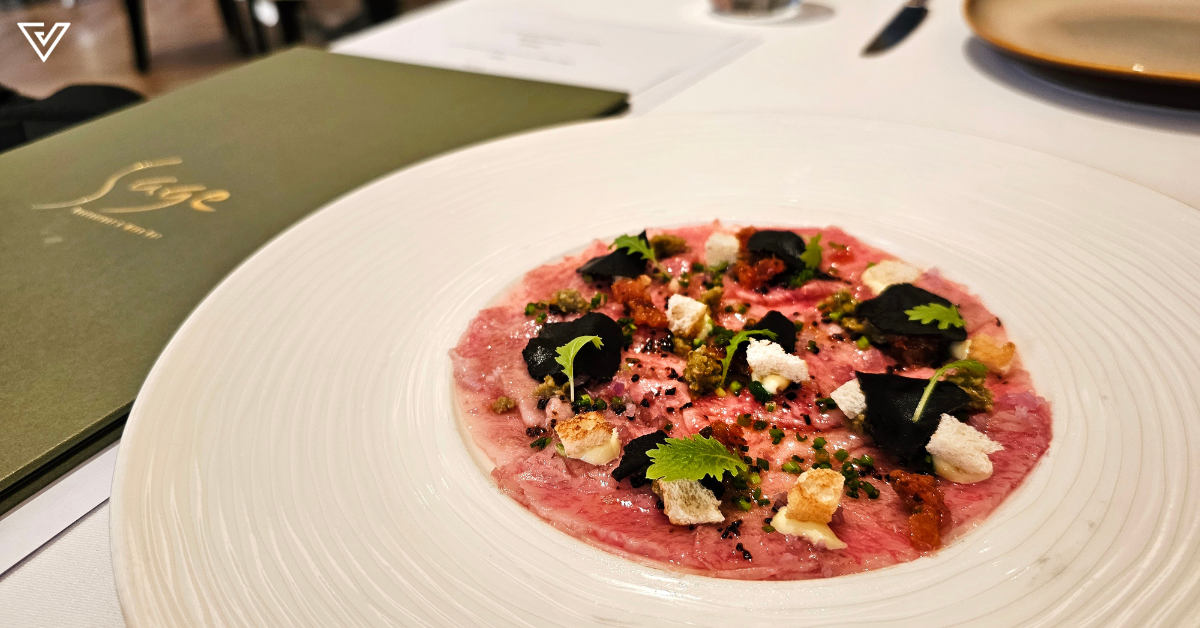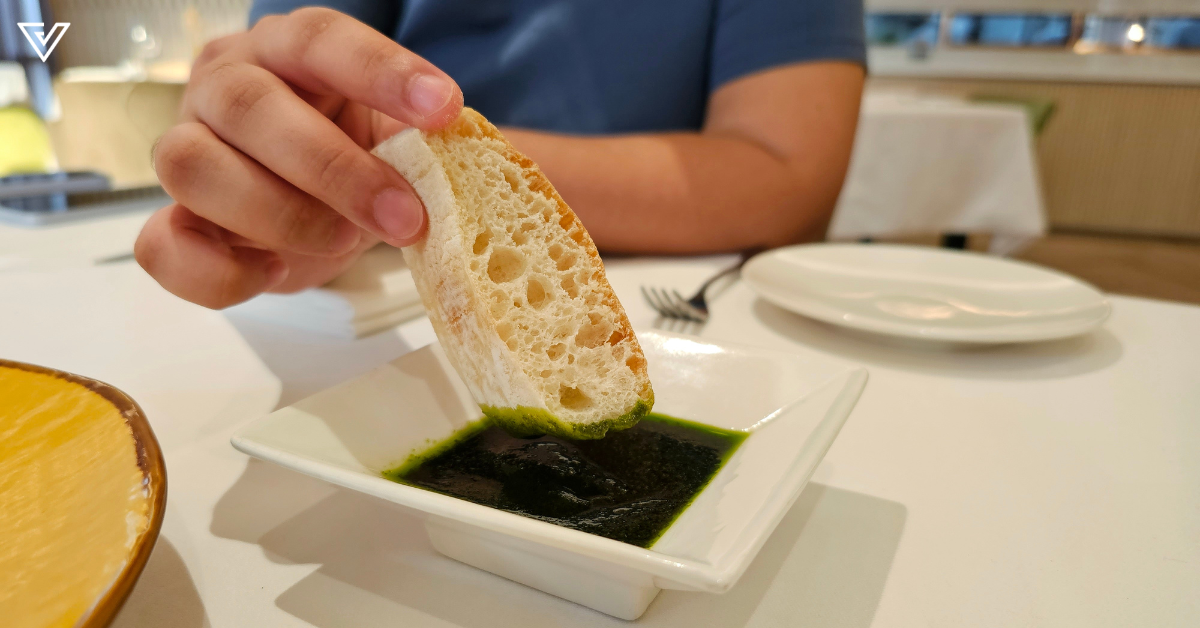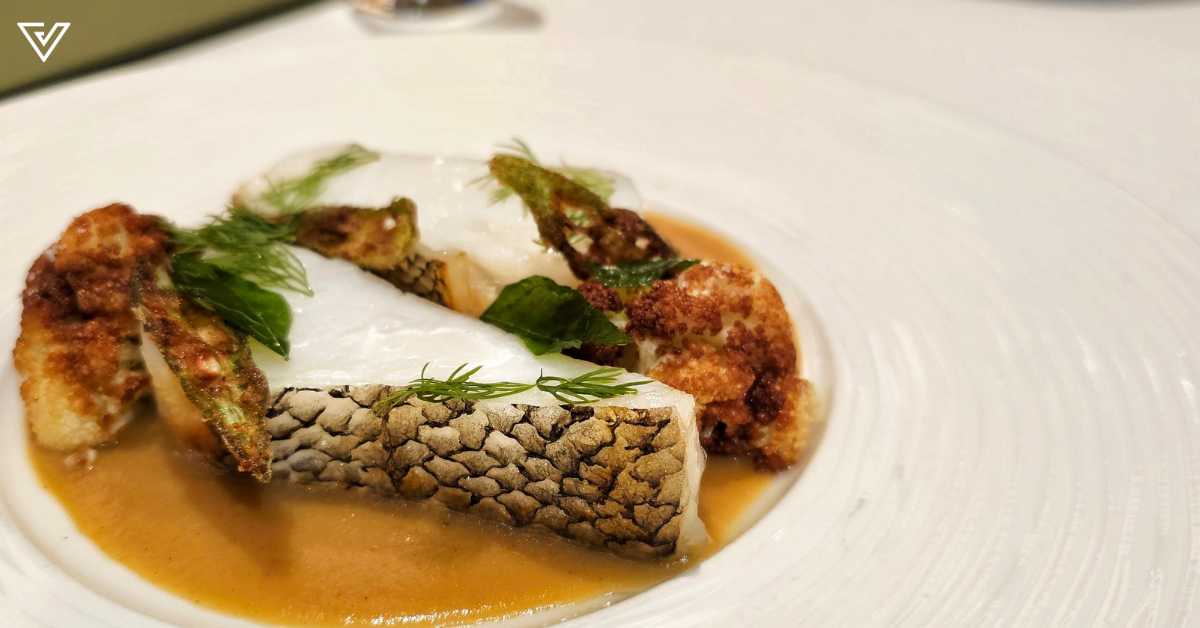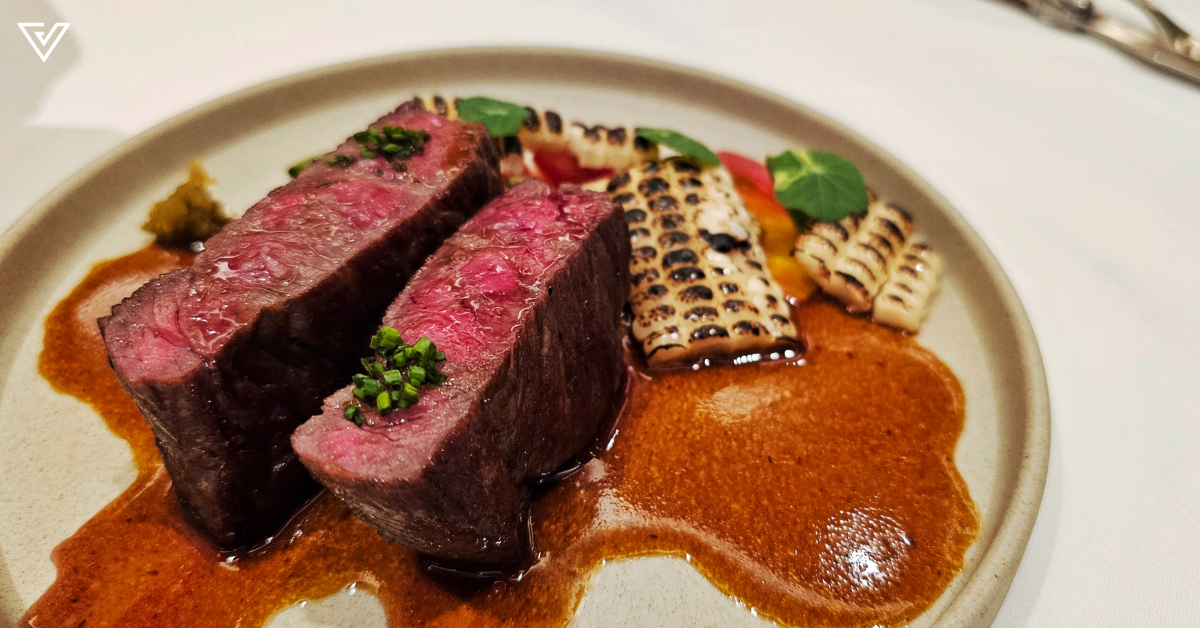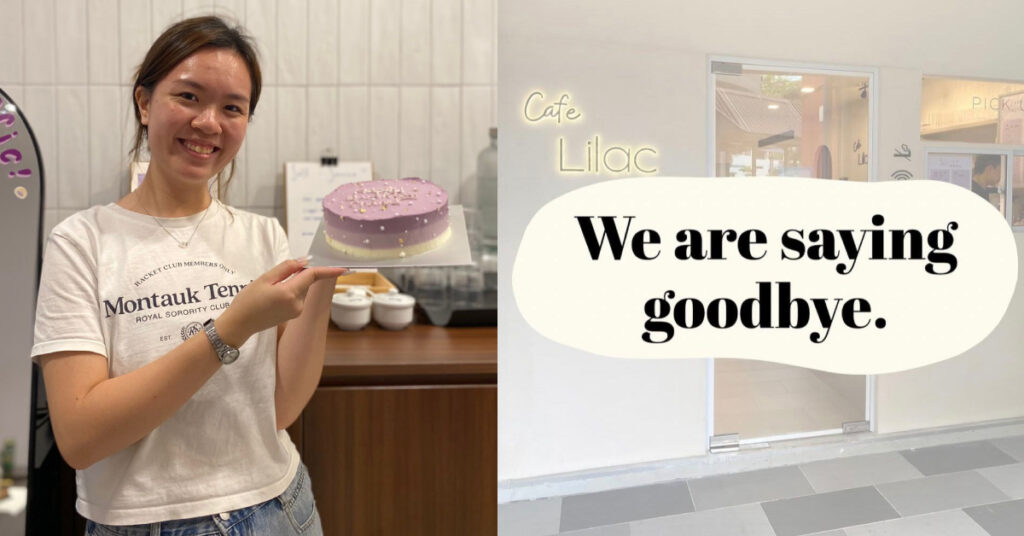There’s no question that many of us Malaysians tend to think imported ingredients are better.
From Australian dairy to Japanese beef, it’s true that certain imported items have been honed to be of a superior quality. But this shouldn’t lead us to believe that all foreign goods are better than our homegrown offerings.
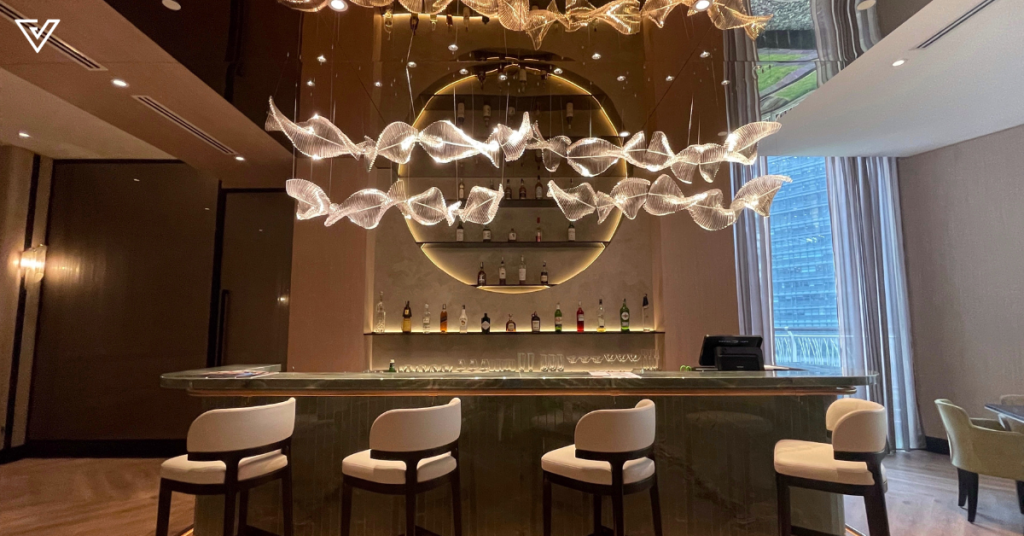
And disregarding taste, eating local food offers environmental benefits and contributes to our economy.
Given all these pros, it makes sense for restaurants to be turning to locally sourced ingredients.
And one restaurant that’s doing so is the newly revamped Sage Restaurant & Wine Bar in The Gardens Residences that reopened earlier this year.
A more approachable ambiance
During our recent visit to Sage Restaurant & Wine Bar, it was clear that its design has changed quite a bit from the old photos we were shown. Gone are the cyan and purple LED lights, replaced by a more mellow combination of sage (of course) and olive tones.
Aligned with this change, the restaurant aims to move away from strict fine dining and instead serve the gap between fine and casual experiences.
This change in target audience won’t really affect the kitchen’s mentality towards their food, the head chef, Don John, told us during a recent visit. Their execution, like always, will be maintained to a high standard.
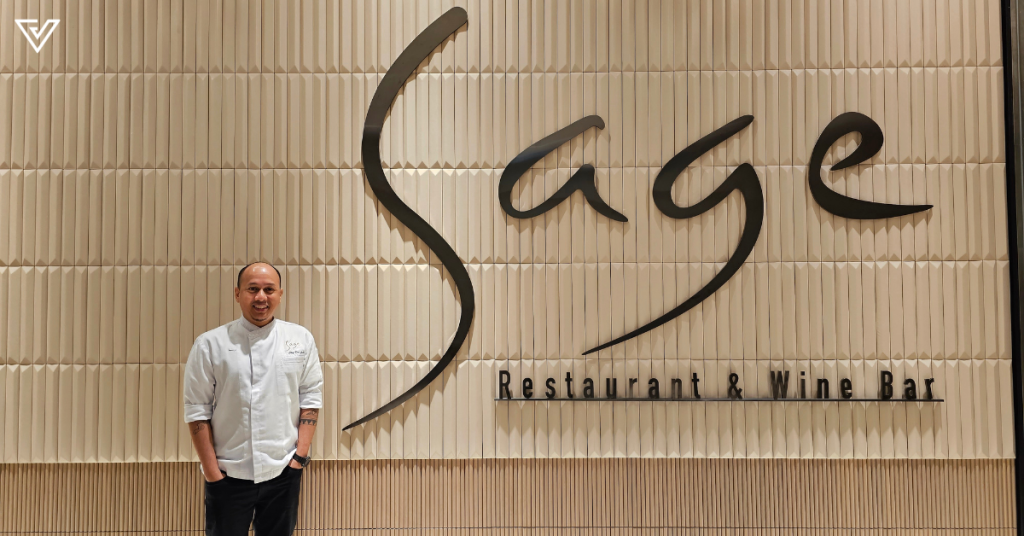
“You can have a casual restaurant, but at the same time, you still can provide five-star food and service,” he pointed out.
Chef Don John also clarified that he would not consider Sage’s food fine dining, which is a label that may be more uptight.
Localising the ingredients
Above its external changes, it’s the restaurant’s culinary approach that’s been impacted the most.
As alluded earlier, one of the biggest differences between the new and old Sage menus has to do with the location sourcing of ingredients.
Chef Don John admitted that using local ingredients can be more difficult as they may require more preparation and workarounds.
Kobe Carpaccio with Black Truffle and Condiments (RM118) Smoked Octopus with Brandy Aioli and Caviar (RM98) House-made ciabatta with basil-olive oil dip Roasted Free Range Chicken with Cep Cream and Truffle (RM128) Shio Koji Aged Cod Fish with Spiced Cauliflower (RM138) Grilled Wagyu with Black Garlic and Torched Chitose Corn (RM188) Slow Cooked Australian Lamb with Black Truffle Potato Puree and Mix Herb Jus (RM138) Granité, a sweet sorbet-like treat that served as a palate cleanser Homemade Vanilla Ice Cream with Ardoino Olive Oil (RM18) Signature Souffle, served with a side of vanilla ice cream (RM58)
Bite-sized review
Expectations were high going into the restaurant, and we’re happy to report that Sage met our checkboxes and more. The smoked octopus and Kobe carpaccio made for incredibly promising appetisers, and each main delivered well-developed and robust flavours, making it hard to choose a favourite.
Dessert was on the simpler side, with the recurring house-made vanilla ice cream being a refreshing way to end the meal. Overall, dinner at Sage offered a roster of memorable and delightful dishes.
He elaborated that previously, the restaurant relied on a lot on Japanese ingredients, which oftentimes already come with their own unique flavours that don’t require tweaking.
“Whereas for our local fish and chicken and all, you’ll have to try and work around it so that you bring out the flavours from the local ingredients,” he said. “You need to think, you need to work.”
Yet, this challenge is one that the Sage team is happily taking on.
The head chef shared that Sage has always gone the Japanese-French route, but this fusion cuisine might be becoming a little too common nowadays.
As he put it, “Wagyu is no longer ‘wow’.”
In other words, the flavours offered by Sage has become very similar to many other establishments, including Sage’s sister brand Cilantro.

Thus, going for Malaysian ingredients actually pushes the team to R&D more innovative ideas.
And of course, a big benefit of localising the ingredients is that it supports our local farmers and fishermen, while keeping sustainability at the forefront.
On the topic of sustainability, it appears that the chef also hopes to minimise waste in his kitchen as much as possible. For example, fish bones are being roasted and blended into a powder so they can be used to make dashi.
Maturing with the industry
Having been in the industry for more than two decades, Chef Don John has not only seen changes at Sage, where he has been stationed for the past four years, but also in Malaysia’s restaurant industry overall.
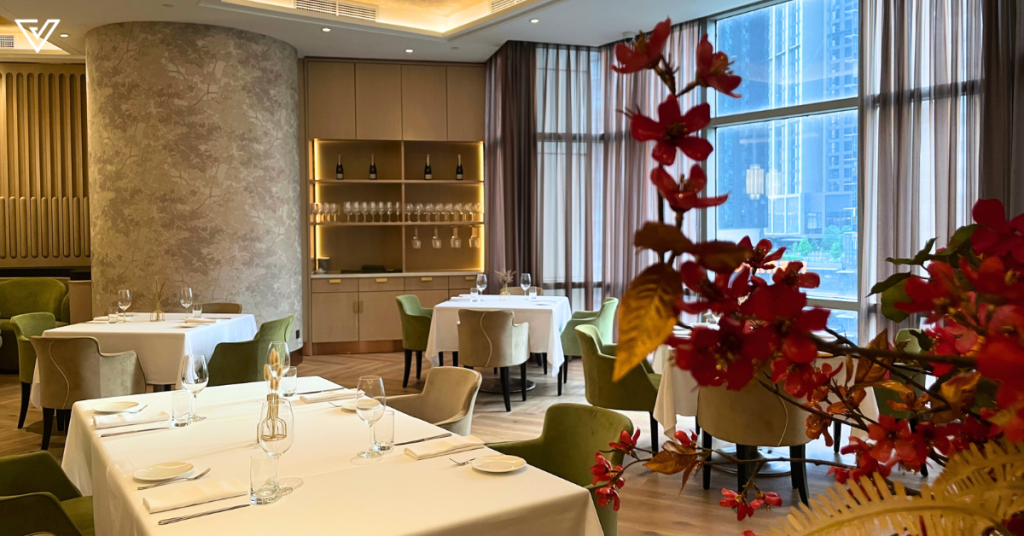
He shared that in the past five years specifically, restaurants have been popping up everywhere. The chef recognised that some of these are more for “fun”, though a number of them are doing it seriously, and as a result are producing quality of food that is on-point.
This, he believes, coincides with the growth of Malaysian diners, who have become more and more educated and confident in their palates.
So, within this growing ecosystem, where does Sage see itself going? Are its eyes, perhaps, set on acquiring the coveted Michelin star?
Of course, this would be an honour that Chef Don John greatly appreciates.
But at the same time, he said it’s not something he personally wants to chase, as it would affect how the kitchen runs, and the types of decision they may make.

Instead of pushing for Michelin recognition and ending up not enjoying themselves, Chef Don John prefers continuing to make good food with good portions that gets good feedback.
(And indeed, that is something they have managed to achieve, as our sister brand DiscoverKL detailed here.)
“To be very honest, I want my kitchen staff, when they leave and everything to be head chefs and executive chefs,” the head chef shared his ambitions. “It’s not about the star thing, or that I want to make money. I think this would be the proudest moment.”
In other words, the chef’s goal is to develop a food scene where more Malaysians get to enjoy good food. And for him, that process begins right in Sage Restaurant & Wine Bar.


